What is the scientific name for the one labelled 1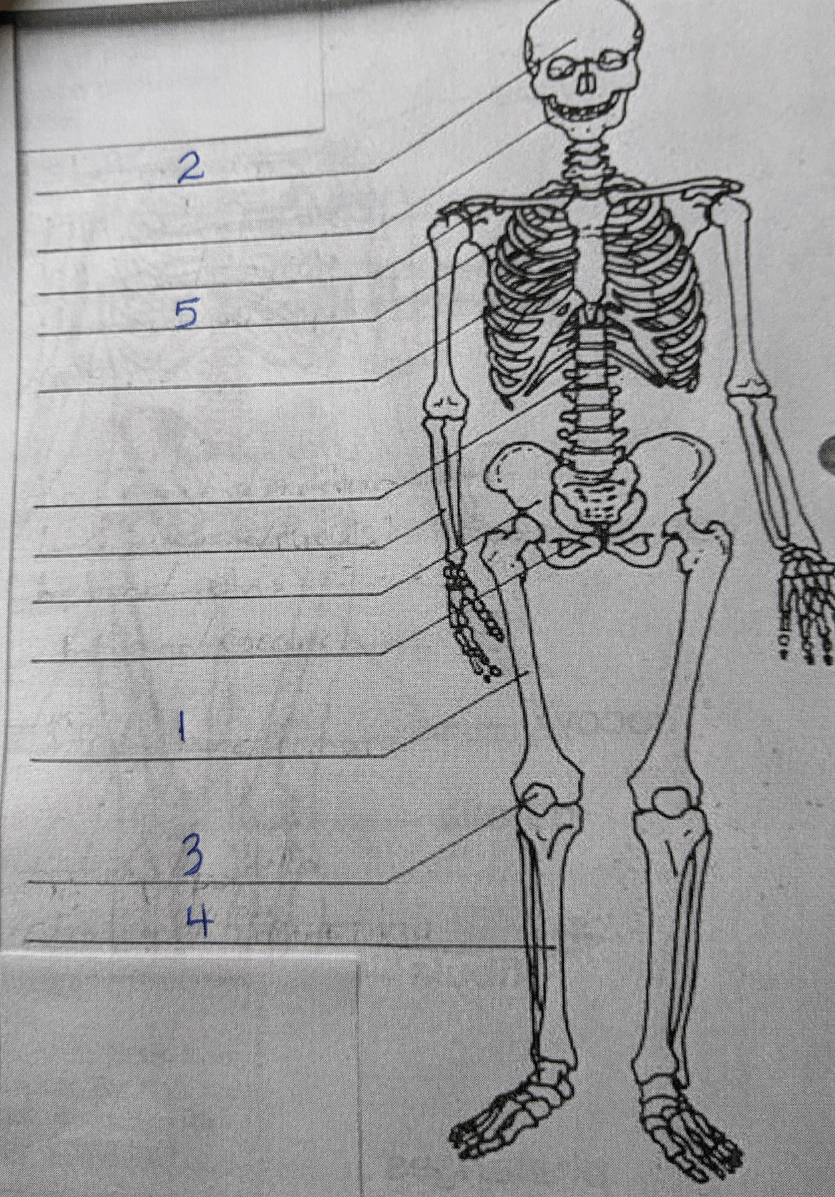
Femur
If I say collar bone, you say -
Clavicle
These move carbon dioxide rich blood back to our heart (page 14).
Veins
How many bones are in the palm of your hands and the tops of your feet (pages 6 and 7)?
Five
#2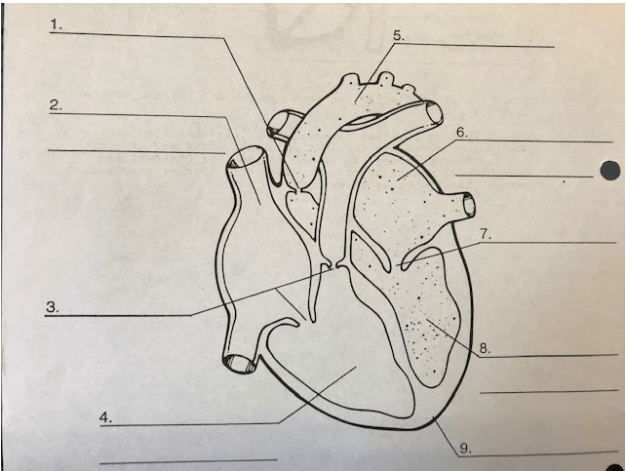
Right Atrium
What is the scientific name of the bone labelled 2
Cranium
If I say jaw bone, you say -
What do arteries do (page 13)?
Help to move oxygen rich blood from our heart out to our body
What unit of measurement would be best if you needed to measure the classroom (page 9)?
Meters
#5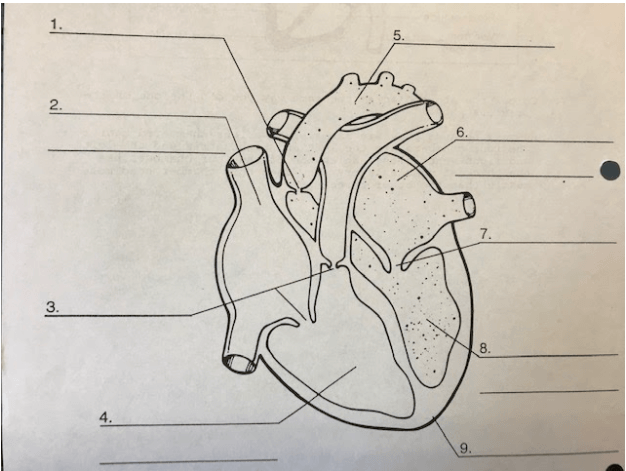
Aorta
What is the scientific name for the bone labelled 3
Patella
If I say shin bone, you say -
Tibia
What are blood vessels (page 12)?
Blood vessels move blood around our body...arteries, veins and capillaries
What do platelets do (page 11)?
They help your blood to clot, or stop, if you should start to bleed.
#3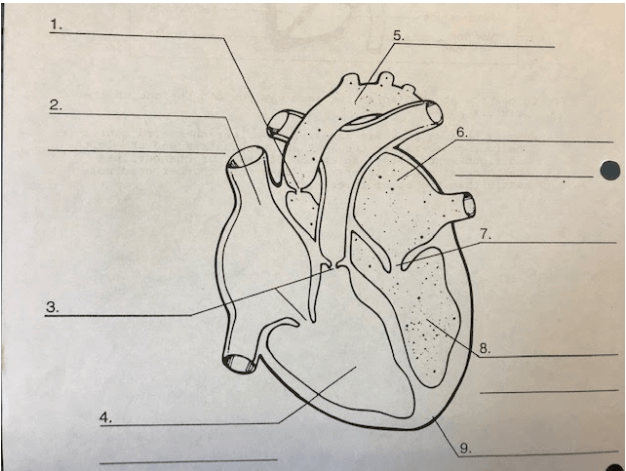
Valves
What is the scientific name for the bone labelled 4?
Tibia
If I say shoulder blade, you say -
Scapula
Why does the right ventricle have the biggest muscle in the heart (Page 18)?
It needs the biggest muscle because it has to push all of the oxygen-rich blood throughout the body.
What are two of the reasons why we put data into tables (page 9)?
Makes it easy to compare information
Organizes the information well
#4
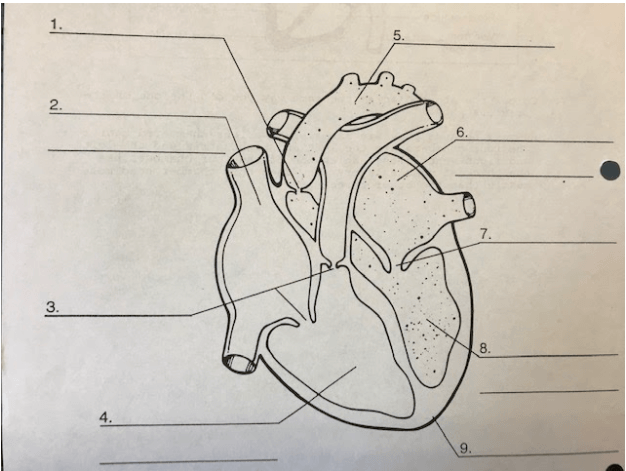
Right Ventricle
What is the scientific name for the bone labelled 5?
Scapula
If I say tail bone, you say -
In your own words and with as much detail as you can give, describe the stages that blood goes through as it travels from the heart to the rest of the body (page 13).
- veins carry blood from body to right atrium, to right ventricle, to lungs.
- Carbon dioxide is released, blood is then oxygenated
- then oxygenated blood from lungs into left atrium and ventricle then out to body through the aorta and arteries.
In your own words, explain why the heart beats faster and our lungs work harder when we exercise?
- to get blood to our muscles faster
- to oxygenate our blood to feed our muscles
- to get rid of carbon dioxide
#9
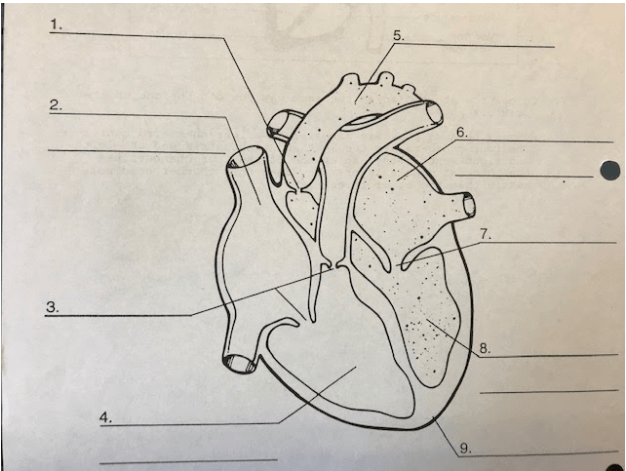
Muscle